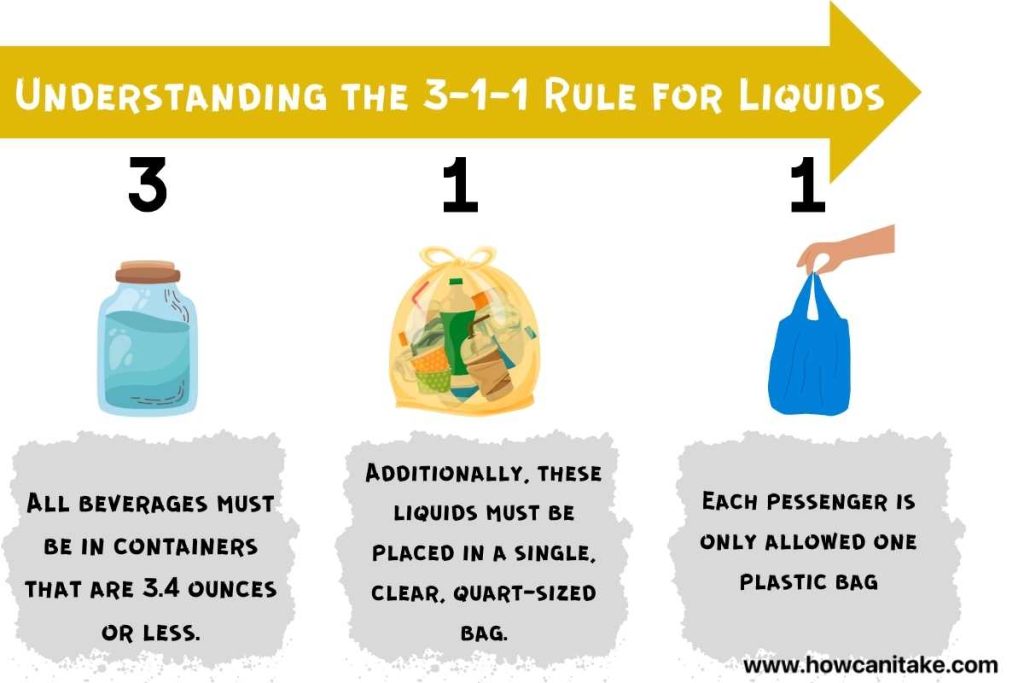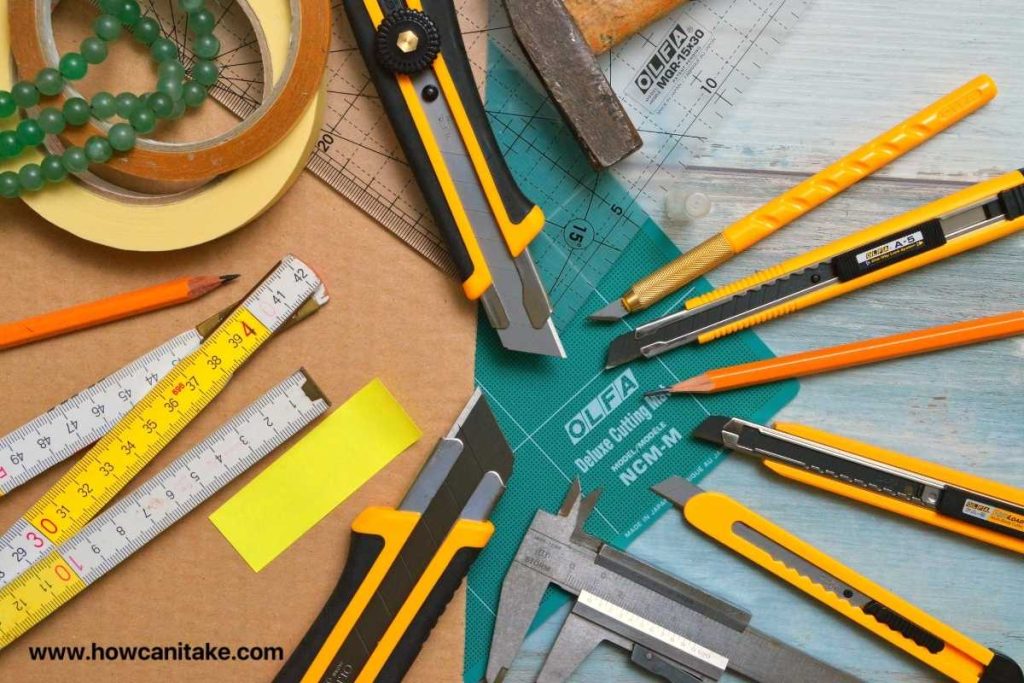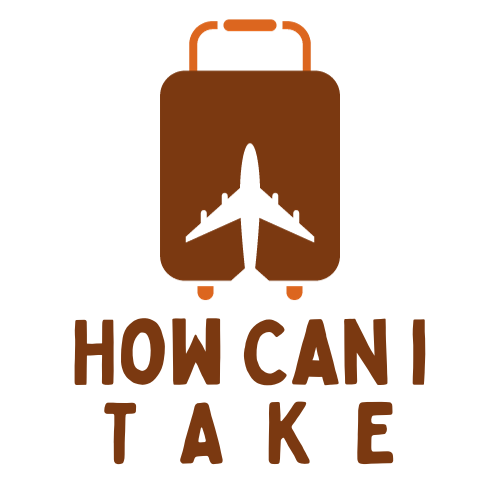Are you planning your next trip and wondering what toiletries you can bring on a plane? Before you start packing, it’s essential to understand the 3-1-1 Rule for liquids.What toiletries can I take on a plane? In this blog, we’ll walk you through the basic framework of this Rule and how it applies to toiletries. We’ll also cover the toiletries allowed, including baby items, medical equipment, and cosmetics.For those specific toiletry items that may be more confusing, such as razors or dietary supplements, we have detailed information on those as well.
However, certain items are not permitted on planes, such as sharp objects or flammable items. Lastly, we will address whether perfume is allowed on a plane. So, read on to ensure you pack all the necessary toiletries while following airline regulations.
Table of Contents
Understanding the 3-1-1 Rule for Liquids

The 3-1-1 Rule is an important guideline when carrying liquids on a plane. This Rule limits the amount of liquid you can bring in your carry-on luggage. All beverages must be in containers that are 3.4 ounces or less. Additionally, these liquids must be placed in a single, clear, quart-sized bag. It’s important to remember that this bag must be separate from your other belongings and placed in a screening bin during the security check.
The 3-1-1 Rule applies not only to toiletries and beverages but also to food items such as peanut butter. By understanding and adhering to this Rule, you can ensure a smoother airport security experience.
The Basic Framework of the 3-1-1 Rule
The 3-1-1 Rule is the basic framework for carrying toiletries on a plane in the United States. According to this Rule, liquids can be taken in containers of 3.4 ounces or less.
Passengers can have a maximum of one quart-sized, clear, plastic, zip-top bag of liquids in their carry-on luggage. This bag must be placed in a separate screening bin at the security checkpoint. The fluids in the pack must be in bottles that can be easily screened by airport security.
It’s important
To note that the 3-1-1 Rule applies to all liquids, including toiletries, beverages, and other liquid items. To find more details about the 3-1-1 Rule, you can visit the TSA’s website.
How Does the 3-1-1 Rule Apply to Toiletries?
To comply with the 3-1-1 Rule, toiletries like shampoo and toothpaste must be in containers of 3.4 ounces or less. These items should fit in a quart-sized, clear plastic bag that needs to be placed separately in a security screening bin.
If you don’t have TSA PreCheck, it’s helpful to pack your toiletries in a clear plastic bag to make the screening process more accessible. Ensure that your toiletries are easily visible during the screening process.
What toiletries can I take on a plane?

Types of Toiletries that are Allowed
When it comes to traveling with toiletries, there are specific guidelines you need to keep in mind. The types of toiletries that are allowed on a plane include both liquid and solid forms. Liquid toiletries like shampoo, conditioner, and liquid soap are permitted as long as they comply with the 3-1-1 Rule, which means they must be in containers of 3.4 ounces or less. Solid toiletries, such as solid deodorant, solid shampoo, and solid toothpaste, are also allowed.
Additionally, travel-size toiletries are acceptable if they meet the size limit. It’s important to note that toiletries in spray form, like hairspray and spray deodorant, are also permitted. Ensure all your toiletries can easily be screened during the security check process.
Baby Items – What Can You Bring?

Bringing your baby’s essentials on a plane is allowed. Baby formula, breast milk, and baby food can exceed the 3.4-ounce limit, but you must declare them for additional screening. Freezer packs can be used to keep items cold.
Ensure that bottles, jars, or pouches are checked by security. For the latest rules, check the TSA website.
Medical Items and Equipment – What is Permitted?

Necessary liquids like prescription medications and contact lens solutions are allowed on the plane. You can bring medical equipment such as CPAP machines and glucose monitors in your carry-on luggage.
Remember to comply with the 3-1-1 Rule for liquid medications and declare them at security. Let the TSA agent know if you have medical items that may require additional screening. Check the TSA website for the most up-to-date information on permitted medical items.
Cosmetics – What to Know
When traveling by plane, it’s essential to know the rules regarding cosmetics. You can bring cosmetic items such as foundation, mascara, and lipstick on the aircraft. However, each decorative item must comply with the 3-1-1 Rule, meaning it should be in a container of 3.4 ounces or less. To make the screening process more accessible, place your cosmetics in a quart-sized, clear, plastic zip-top bag. This will ensure that your items are easily visible during security checks. Remember to check the TSA website for the most up-to-date rules and regulations regarding bringing cosmetics on a plane.
Specific Toiletry Items Detailed
When it comes to specific toiletry items, there are some rules and regulations you need to know before packing your bags for a flight. Razors, including safety and disposable razors, are allowed in carry-on luggage. Electric razors are also permitted in carry-on luggage. However, straight razors, safety razors, and disposable razors must be checked in your checked baggage. Shaving cream, as long as it’s in a container of 3.4 ounces or less, can be brought on the plane. To stay up-to-date with the latest information on shaving items allowed on a plane.
Razors and Hair Removal Tools on Plane
When it comes to razors and hair removal tools on a plane, there are specific guidelines you need to follow. Electric razors are allowed in your carry-on luggage without any restrictions. Bring safety razors, disposable razors, and cartridge razors in your carry-on luggage.
However, if you have straight razors, safety razors, or disposable razors with removable blades, they must be checked in your baggage. When it comes to hair removal tools like electric epilators, you can bring them in your carry-on luggage. It’s always a good idea to check the TSA website for the most up-to-date information on what razors and hair removal tools are allowed on a plane.
Dietary Supplements – Are They Allowed?
Dietary supplements, whether in solid or liquid form, can be brought on a plane in carry-on luggage. However, they must comply with the 3-1-1 Rule. Reliable supplements are allowed, while powdered ones should be in containers of 12 ounces or less and liquid supplements in containers of 3.4 ounces or less. For the most up-to-date information, check the TSA website.
What Not to Pack in your Toiletries
When packing your toiletries for a flight, it’s essential to know what items to avoid including. To ensure a smooth security check at the airport, it’s best to steer clear of certain items, as per TSA rules. First and foremost, sharp objects like razor blades, scissors, and knives should not be packed in your toiletries, as they are restricted items.
Additionally, flammable substances such as paint thinner should be left behind, as they pose a safety risk. Certain household items like gas cylinders are also not permitted in your toiletries. Be mindful of weight restrictions, especially regarding liquids in bottles. To have a comprehensive understanding of the items you should avoid packing in your toiletries, it’s always a good idea to check the TSA website.
Restrictions on Sharp Objects

When traveling by plane, it’s essential to know the restrictions on sharp objects. The Transportation Security Administration (TSA) prohibits carrying sharp objects, such as razors and scissors, in your carry-on luggage. If you need to bring sharp objects, it’s best to pack them in your checked baggage instead. However, it’s worth noting that safety razors and ice skates are allowed in carry-on luggage, but straight razors are not permitted. It’s also important to be prepared for additional screening if you have sharp objects in your baggage.
Ultimately, whether sharp objects are allowed is at the discretion of the TSA agent.
Prohibited Flammable Items
When packing your toiletries for air travel, it’s essential to be aware of prohibited flammable items. Flammable paints, gas cylinders, fire extinguishers, and lithium batteries in specific devices are not permitted in carry-on luggage. Additionally, certain types of paint thinner, nail polish and spray paint should not be packed in toiletries due to their flammable nature.
To ensure compliance with airport security regulations, it is recommended to check the TSA website for a complete list of flammable items that are prohibited in carry-on luggage.
Remember, the Transportation Security Administration (TSA) regulations prioritize safety. So, be mindful of these restrictions when packing your toiletries for your next trip.
Certain Household Items Not Permitted
Regarding flying, it’s essential to know household items not permitted in carry-on luggage. Gas cylinders, paint thinner, and fire extinguishers fall under this category. It’s also worth noting that food items like maple syrup, ice cream, and live lobsters may not be allowed in carry-on luggage, whether in liquid form or not.
It’s not just carry-on luggage with restrictions; it’s advised to avoid packing flammable paints, fire extinguishers, gas cylinders, and ski poles in checked baggage. These regulations are in place by airport security, including the TSA, for the safety of all passengers. It’s crucial to keep in mind that the discretion of the TSA officer can determine what items are allowed in checked baggage.
For more information on restricted items, you can refer to the TSA’s website.
Can You Bring Perfume on a Plane?
Perfume in translucent bottles of the necessary liquid size can be packed in carry-on luggage. Remember, the total liquid volume of your toiletries must comply with regulations. Solid deodorant sticks are also allowed. For additional information on what toiletries you can take on a plane, including duty-free items, check the TSA website.
Follow the screening process and separate toiletries in a particular bin. If you have a connecting flight, remember to follow the rules for liquids and potentially pack your duty-free items in your checked luggage for the next leg of your journey.
FAQ
Does toothpaste count as a liquid?
Toothpaste is categorized as a liquid or gel according to TSA regulations. It can be brought in carry-on luggage as long as it is in a container of 3.4 ounces (100 milliliters) or less. Alternatively, there are no size restrictions when packing toothpaste in checked luggage. To ensure easy inspection at security checkpoints, it is recommended to place toothpaste and other liquids in a clear, plastic, zip-top bag.
Can I bring full-size shampoo on a plane?
Travelers can bring a quart-sized bag of liquids, gels, and creams in their carry-on luggage. However, each container must be 3.4 ounces or less. If you want to bring a full-size shampoo bottle, hand sanitizer, or other toiletries, they must be packed in your checked luggage. Alternatively, you can use travel-sized toiletries or transfer your shampoo into smaller containers that meet the TSA guidelines.
How much liquid can you take on a plane?
When it comes to liquids on a plane, there are specific rules to follow. You can only bring containers of 3.4 ounces or less, all drinks must fit into a single quart-sized plastic bag, and each passenger is allowed one bag of liquids in their carry-on, including small snow globes. Medications, baby formula, and breast milk may have exceptions.
What about bringing hairspray on a plane in checked bags?
Hairspray is allowed in checked bags on a plane. However, the total volume of hairspray and other aerosols should not exceed 70 oz or 2. To prevent leakage during travel, it’s recommended to put the hairspray in a plastic bag. Remember to check the airline and TSA guidelines for any additional restrictions.
Are you allowed to take slime on a plane?
Slime, a gel-like substance, falls under the TSA’s liquid restrictions. However, you can bring it on a plane in a container of 3.4 ounces or less. Pack the slime in a clear plastic bag and other liquids and gels. It’s always a good idea to check with your airline for their travel policies with mud.
Conclusion and final thoughts
To ensure a hassle-free travel experience, it is essential to understand the regulations regarding toiletries on a plane. The 3-1-1 Rule for liquids is a fundamental framework that allows you to carry small amounts of fluids in your carry-on luggage. However, there are certain restrictions on sharp objects, flammable items, and household items that are not permitted.
Regarding specific toiletry items, razors and hair removal tools are allowed, while dietary supplements may have certain restrictions. As for perfume, it is generally allowed as long as it follows the guidelines for liquids. It is always recommended to check with the airline or TSA for any specific rules or updates before packing your toiletries.





Leave a Reply